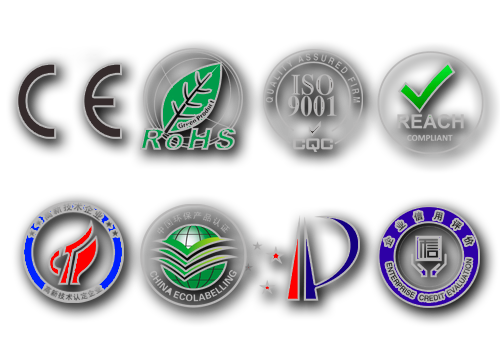What is a HEPA filter?
What is a HEPA filter?HEPA is a type of pleated mechanical air filter. It is an acronym for "high efficiency particulate air [filter]" (as officially defined by the U.S. Dept. of Energy). This type of air filter can theoretically remove at least 99.97% of dust, pollen, mold, bacteria, and any airborne particles with a size of 0.3 microns (µm). The diameter specification of 0.3 microns responds to the worst case; the most penetrating particle size (MPPS). Particles that are larger or smaller are trapped with even higher efficiency. Using the worst case particle size results in the worst case efficiency rating (i.e. 99.97% or better for all particle sizes).All air cleaners require periodic cleaning and filter replacement to function properly. Follow manufacturer's recommendations on maintenance and replacement. What forms of HEPA filtration are there? What is the principle?HEPA filtration is divided into 4 forms: interception, gravity, airflow, van der Waals force1.interception mechanism that is commonly understood as a sieve, generally 0.5μm, 10μm large particles are intercepted "sieve" down. 2.small size and high density of dust particles under the influence of gravity, when passing through the HEPA speed is reduced, like sediment sinking in the river bottom natural settlement in the HEPA. 3.Unevenly woven filters form a large number of air swirls, and small particles are adsorbed in the HEPA under the action of airflow cyclones. 4.Ultra-micro particles do Brownian motion hitting the HEPA fibre layer and are purified by the influence of van der Waals forces. For example, virus carriers below 0.3μm are purified under the influence of this force. |

 German
German French
French Italian
Italian Portuguese
Portuguese Japanese
Japanese Korrean
Korrean Russian
Russian




